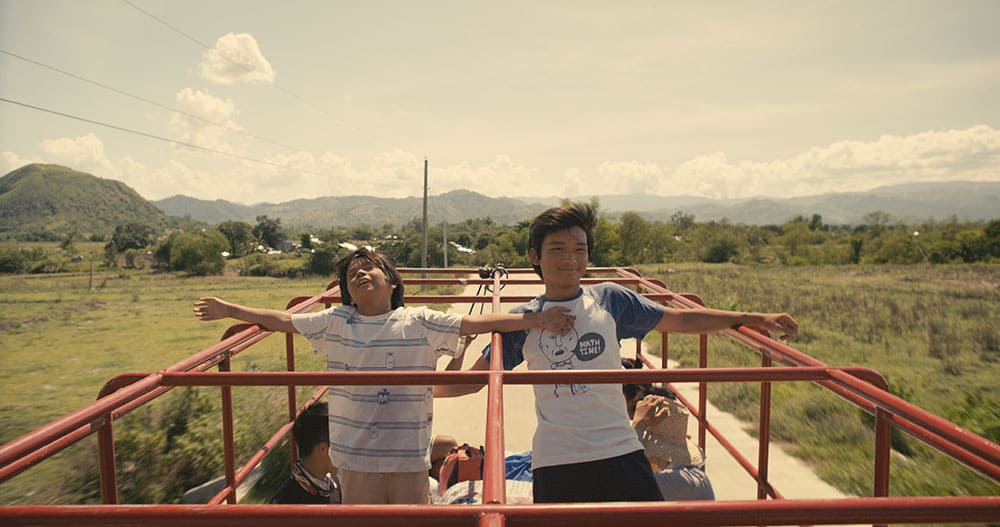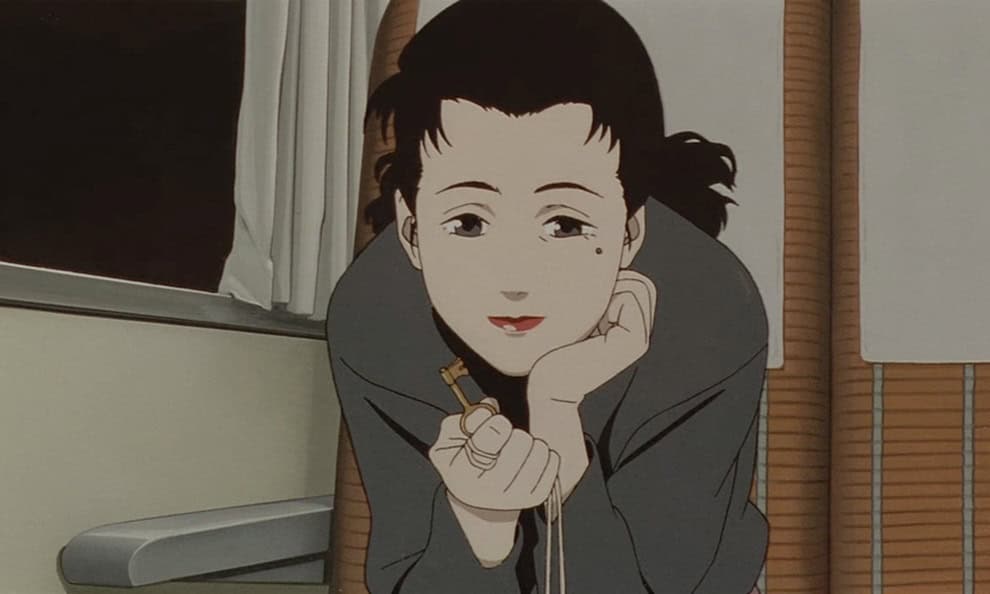11. The Baseball Player (2022) by Carlo Obispo

Carlo Obispo directs a movie that thrives on the way he manages to retain a very delicate balance among the elements that comprise the narrative. In that regard, “The Baseball Player” could have been a sports movie, considering the title and the inclusion of baseball in the story, a children's story, considering that both protagonists are children, a drama, considering the overall setting here, or even a war movie, since war seems to lurk in every corner of the story, even if it is never actually presented, apart from its consequences. However, in the end the movie ends up being all of those things at the same time, while not abiding by any particular single element, in a true directorial feat by Obispo.
12. The Villain (2022) by Adolfo “Borinaga” Alix Jr.

Adolfo “Borinaga” Alix Jr, in a script by Jerry Gracio, directs a rather meta movie, since his story functions as both the story of Anita, and as a tribute to Filipino cinema of the past, as the initial and a number of other scenes eloquently highlight. The same applies to the cast, which includes, apart from Nora Aunor, Bembol Roco and Rosanna Roces. This approach, and the timing of the story, during the pandemic, allows Alix to make a number of comments that unfold into various directions. What happens to actors when they grow old, particularly women, is a central one, as we watch Anita barely making a living and being disrespected left and right. The concept of where the actor stops and the real person begins is also included in the narrative and is quite intriguing in its presentation, particularly considering that Aunor is now playing a role she is not used to. The consequences of Covid, the Filipino society, love, regret and human nature cement the rather rich context here.
13. In My Mother's Skin (2023) by Kenneth Dagatan

Vampirism and cannibalism as symbols for human greed and self-destruction are not a novelty, but the Filipino helmer shows originality in using those tropes. It is not only his way to address our weaknesses, he is also indirectly pointing out in direction of the entangled system of political corruption and self-entitlement. He does feed on elements from Guillermo del Toro's “Pan's Labyrinth”, borrowing bits and pieces, but he turns them into his own thing. For instance, insects are also elemental in “In My Mother's Skin”, and the allegory is similar, but his monsters are real, well visible for everyone, and they can be transformed. (Marina Richter)














Great list!
Thank you!
𝘼 𝙩𝙝𝙤𝙪𝙨𝙖𝙣𝙙 𝙘𝙪𝙩𝙨? 𝙧𝙚𝙖𝙡𝙡𝙮 𝙩𝙝𝙖𝙩 𝙢𝙖𝙧𝙞𝙖 𝙧𝙚𝙨𝙨𝙖’𝙨 𝙩𝙝𝙧𝙖𝙨𝙝𝙮 𝙣𝙖𝙧𝙧𝙖𝙩𝙞𝙫𝙚, 𝙨𝙝𝙚’𝙨 𝙣𝙤𝙩 𝙡𝙤𝙫𝙚𝙙 𝙝𝙚𝙧𝙚 𝙞𝙣 𝙩𝙝𝙚 𝙋𝙝𝙞𝙡𝙞𝙥𝙥𝙞𝙣𝙚𝙨, 𝙨𝙝𝙚’𝙨 𝙢𝙤𝙧𝙚 𝙩𝙝𝙖𝙣 𝙖 𝙡𝙞𝙖𝙧 𝙩𝙝𝙖𝙣 𝙬𝙝𝙖𝙩 𝙨𝙝𝙚 𝙞𝙨 𝙨𝙥𝙧𝙚𝙖𝙙𝙞𝙣𝙜 𝙖𝙧𝙤𝙪𝙣𝙙 𝙩𝙝𝙚 𝙜𝙡𝙤𝙗𝙚.